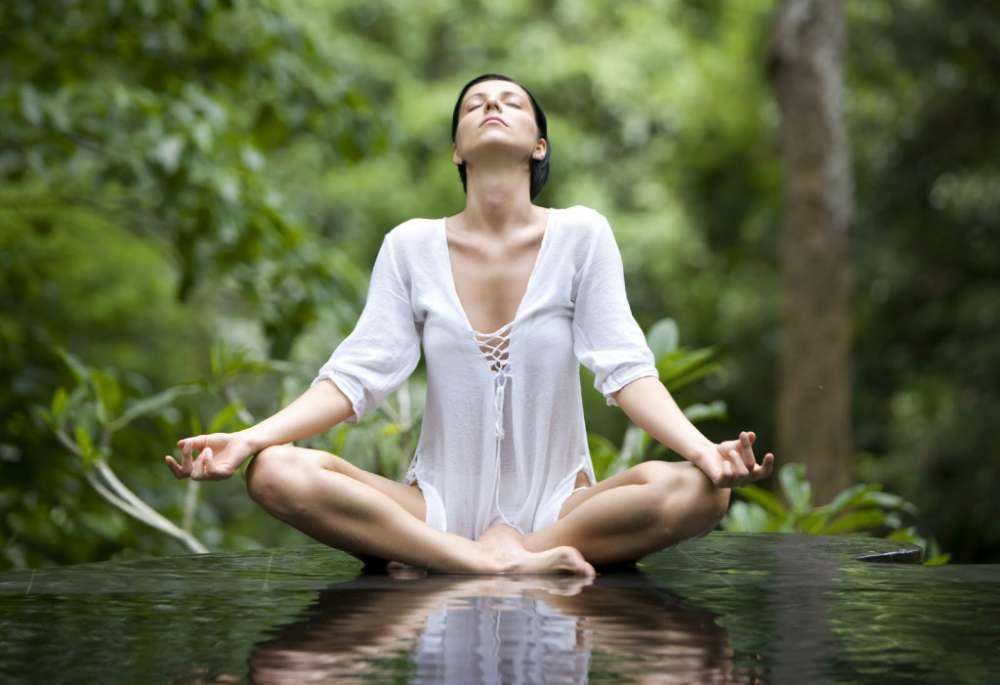on
By Geeta Maraj
August 14th, 2013 Edition
We are very aware of the importance of relaxation to the body. “Relax” is now a part of our daily lingo: we are told by our family and friends to relax; our physicians advise that we relax; we tell ourselves that we need to relax; but what is it that we need to do to relax? Where should we really begin?
We know the benefits to our health when we avoid the general stressors of life. We, however, struggle to keep this concept at the forefront of our daily activities, especially when leading very busy lives. Signs that we need to relax and take a moment for ourselves include feeling irritable, getting short-tempered at the simplest of situations, a general feeling of disappointment in ourselves and others, not being able to focus or retain important information, poor eating habits and a lack of proper sleep.
The first step in learning to relax is to let go of the guilt you feel when you know you need to relax. You will make a better friend, relative and worker with proper rest and knowing when to take a moment for yourself. The old adage “taking care of yourself so that you can better take care of others” holds true when it comes to our ability to know when to care for ourselves. Start by allotting a special time each day for yourself. Either set your alarm or block out a specific time in your agenda as your “me time”. Finding that moment first thing in the morning is best at preparing you for your day. Use this moment to do something which benefits you personally.
Practice of proper breathing techniques so as to calm your body and relax your mind is an important and crucial step in learning to relax. We hardly realize that our breathing pattern affects our health and causes tension to be built in our body. However, there is a correct way of breathing, as there is an incorrect way of breathing. The correct way to breathe is to ensure when you inhale that your chest rises, and your abdomen extends. When you exhale, your chest should collapse as your abdomen contracts – pushing all the stale air out of your lungs. By paying attention to this correct way of breathing during the day, we can help to decrease the stress we feel in our body as the day progresses.
The incorrect way of breathing would be that when we breathe in our abdomen contracts at the same time. This is common at various times in the day when our body begins to feel stressed. Therefore, it is always important to check your breathing pattern. The way in which you correct your breathing is to exhale all your breath till your abdomen contracts tightly. Upon inhaling your next breath, your breathing rhythm will automatically be corrected.
Our diet is equally important in keeping our body relaxed. Avoid high fat and excessive sugar in your diet. Carbohydrates equally convert to sugar when broken down in the body and affects our blood sugar level, causing us to become irritable based on the fluctuations of our glucose level. Eating fresh foods and a diet rich in fruits and vegetables help to decrease stress in our body. Avoiding excess caffeine, but drinking at least 8 cups of liquid daily, also helps to keep our body cleansed and decreases stress.
Though daily exercise is beneficial in relaxing the body, if this is not practical, try to exercise at least 3 to 4 times weekly. Whether it is just a half an hour walk, swim, bike, or yoga – these all will help to overcome aches and pains caused by a build up of stress in the body.
Meditation is also vital in making us relax and learn to let go of our general stressors. Finding a time and place to meditate can be as easy as sitting in a chair or at the end of your bed when you awake in the morning. Just take a moment to breathe deeply to cleanse your lungs, and begin to focus your thoughts through a silent chant, so as to calm your mind. In time, meditation can be practiced in a special corner of your home, on a meditation mat at a particular time each day. Meditation is known to keep our blood pressure more stable, prevents cardiac issues, depression and even slows the aging process.
Getting a massage is an additional great way to relax. If you cannot afford a massage at a local spa, ask a relative or loved one you are comfortable with for a massage. Massages help to undo knots in the muscles built up as a result of stress. Most importantly, we can relax through the best medicine of all – laughter. When we laugh, endorphins are released into the blood stream causing us to feel happy and relaxed.
Our body is a gift; it is the vehicle through which we travel this sojourn. We carry in it the key necessary to keep ourselves happy, relaxed and healthy. All that is required is for us to tap into this ability. So conquer your stress and anxiety by learning to breathe, laugh, love and relax!
Stay in the loop with exclusive news, stories, and insights—delivered straight to your inbox. No fluff, just real content that matters. Sign up today!
YOGA: What is Mantra Yoga












